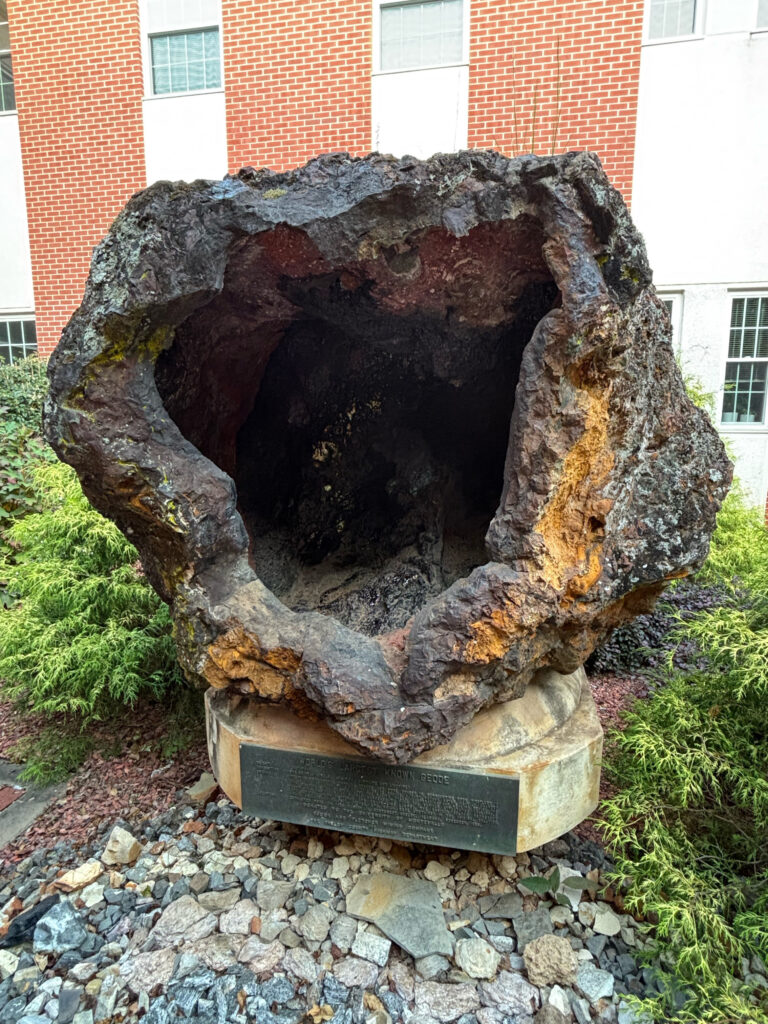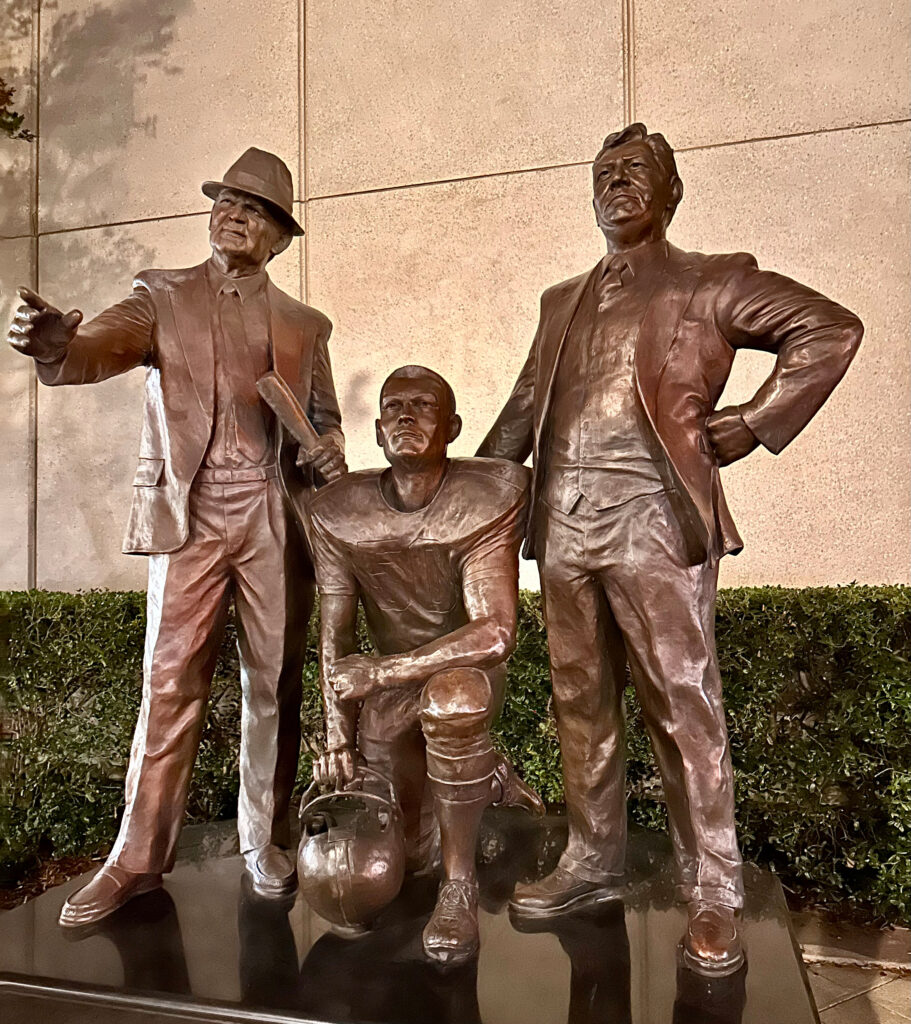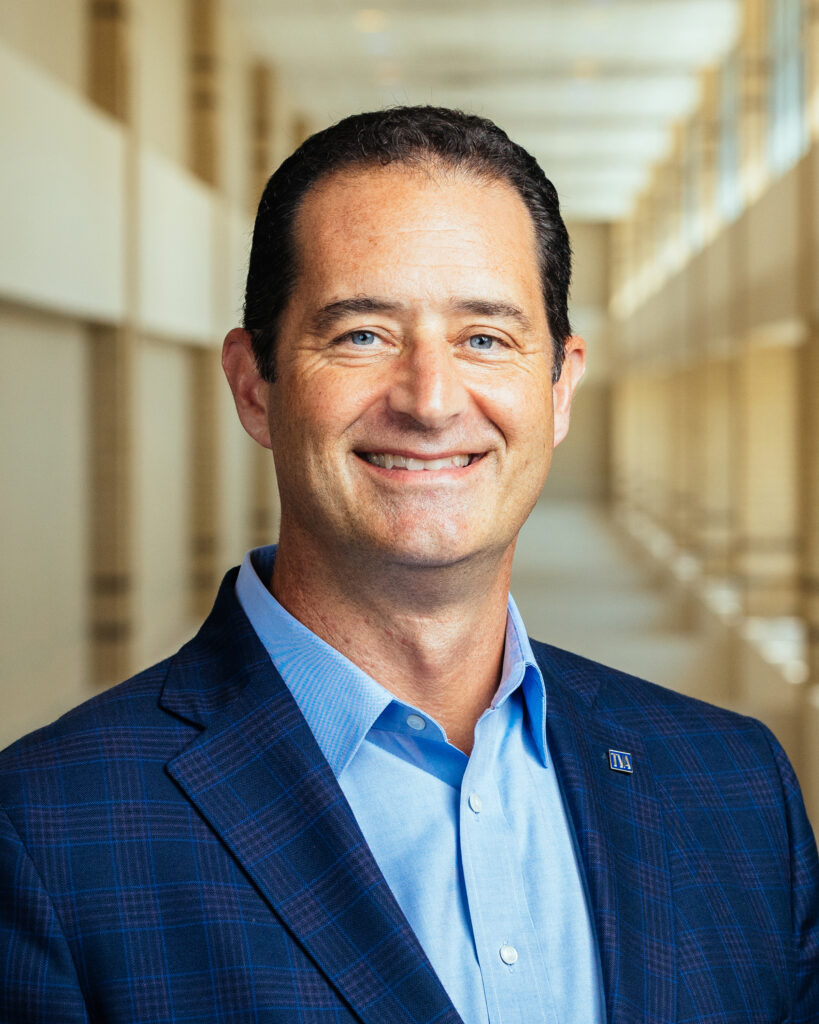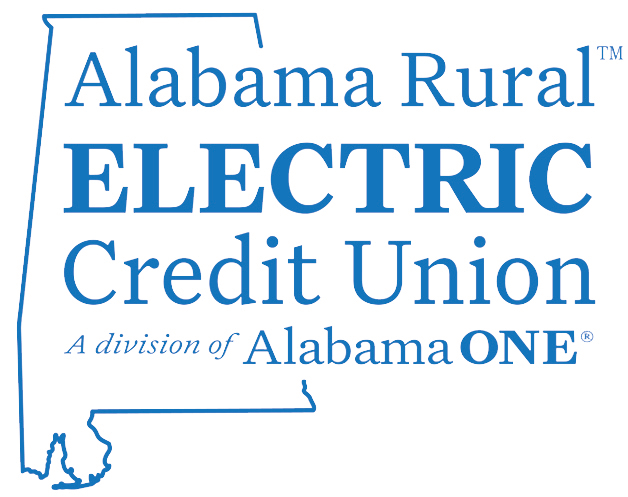
Identify and place this Alabama landmark and you could win $25! Winner is chosen at random from all correct entries. Multiple entries from the same person will be disqualified. Send your answer with your name, address and the name of your rural electric cooperative, if applicable. The winner and answer will be announced in the July issue.
Submit by email: [email protected], or by mail: Whereville, P.O. Box 244014, Montgomery, AL 36124.
Contribute a photo you took for an upcoming issue! Send a photo of an interesting or unusual landmark in Alabama, which must be accessible to the public. A reader whose photo is chosen will also win $25.

May’s answer: This statue of legendary college coaches Paul “Bear” Bryant and Ralph “Shug” Jordan was created by sculptor Mark Hopkins in recognition of the Bryant-Jordan Student-Athlete Scholarship Foundation. It is located outside the Alabama Sports Hall of Fame Museum in the Uptown District of Birmingham, attached to the Birmingham Jefferson Convention Complex. The 57th class was inducted into the ASHOF on May 3: Roberta Alison Baumgardner, Keith Butler, Otis Davis, Jason Dufner, Mark Ingram, Mike Mitchell, Charles “Butch” Moore and Frank Warren. The ASHOF Museum opened in 1992 and is home to more than 6,000 pieces of sports memorabilia. (Photo by Allison Law of Alabama Living) The randomly drawn correct guess winner is Lita Callahan of Joe Wheeler EMC.

TVA names new CEO
The Tennessee Valley Authority Board of Directors selected Don Moul to serve as president and chief executive officer of the nation’s largest public power utility. Moul is the fourth CEO of the historic agency, succeeding Jeff Lyash, who announced his intent to retire in January.
Moul brings more than 38 years of experience across all facets of power generation. Since June 2021, he has served as TVA’s executive vice president and chief operating officer, where he held primary responsibility for power generation, transmission, and power supply functions.
TVA provides electricity for 153 local power companies serving 10 million people in seven states, including Alabama, as well as directly to about 60 large industrial customers and federal installations. It does not receive taxpayer funding; its revenues come from
sales of electricity.




